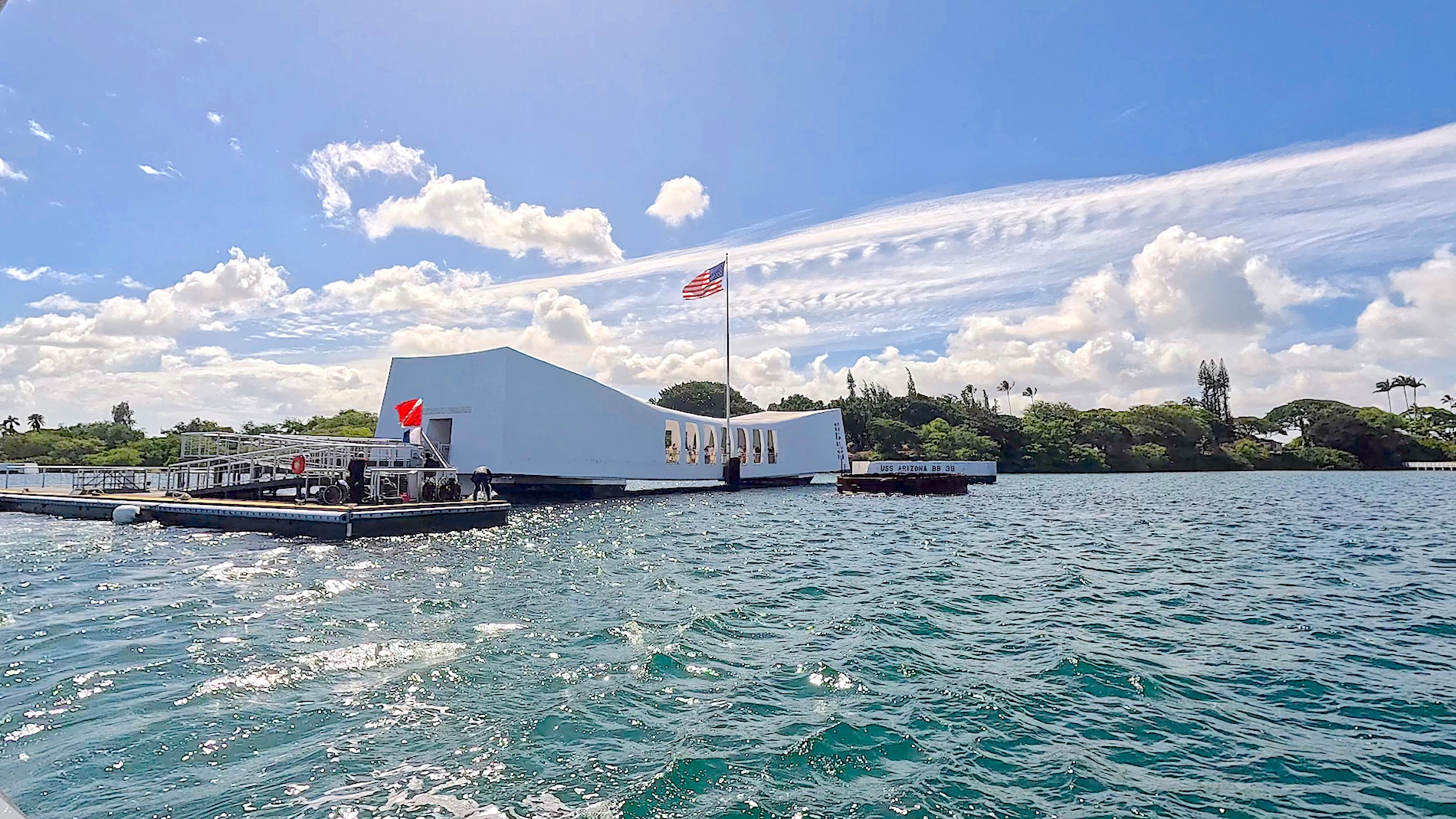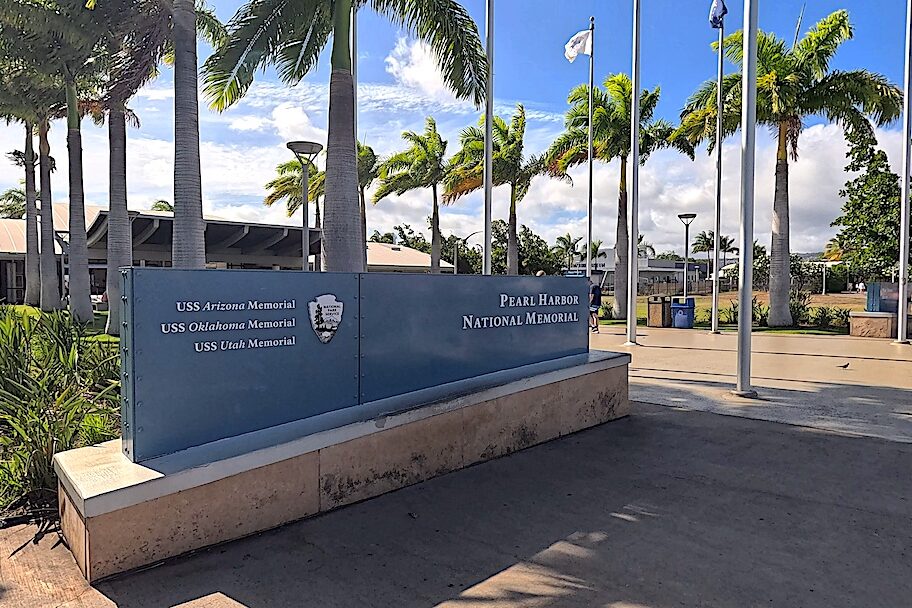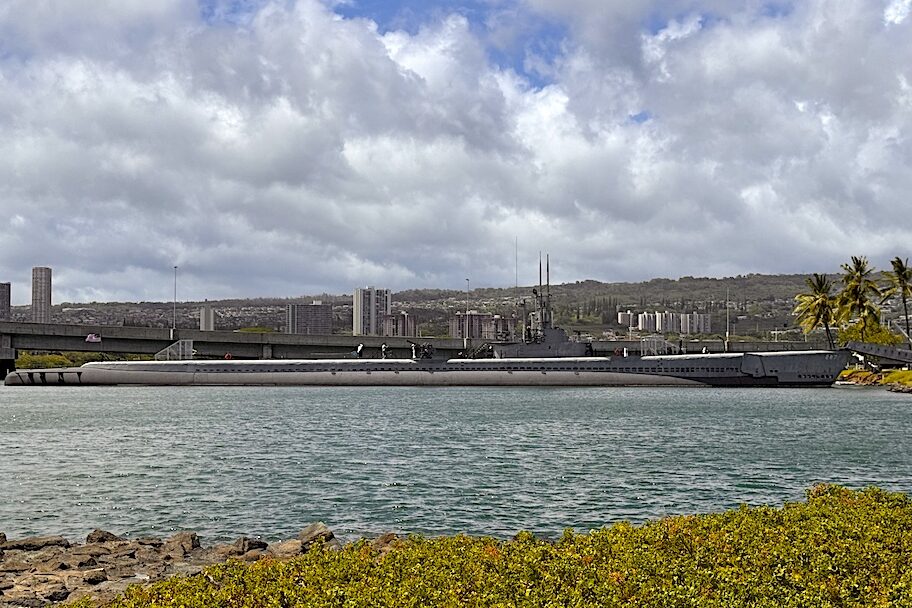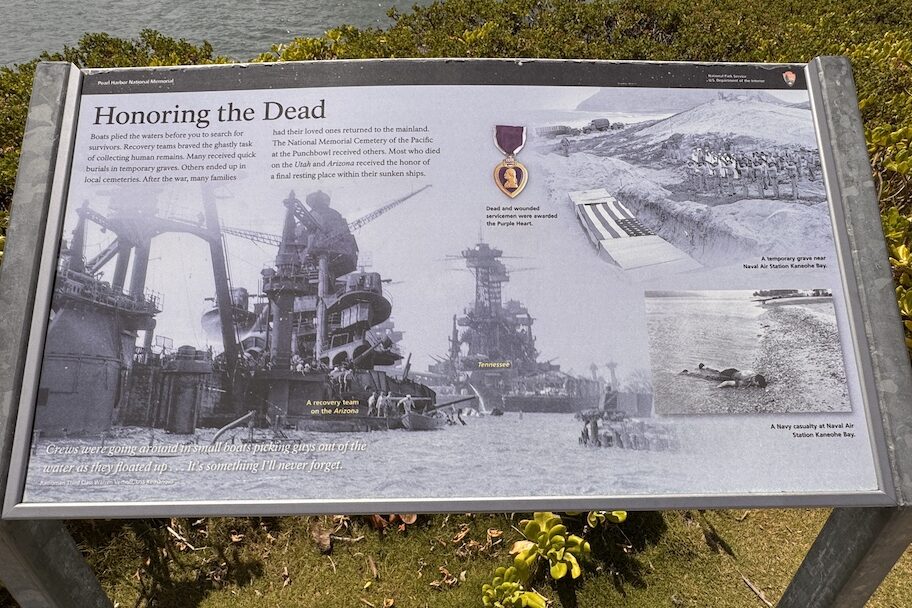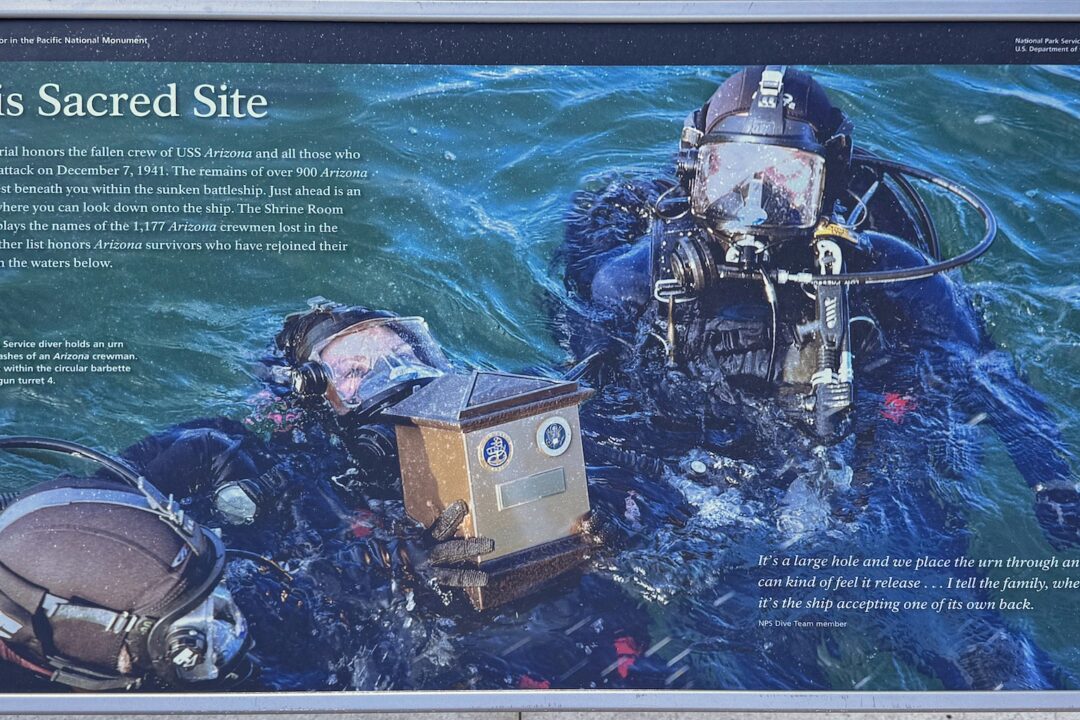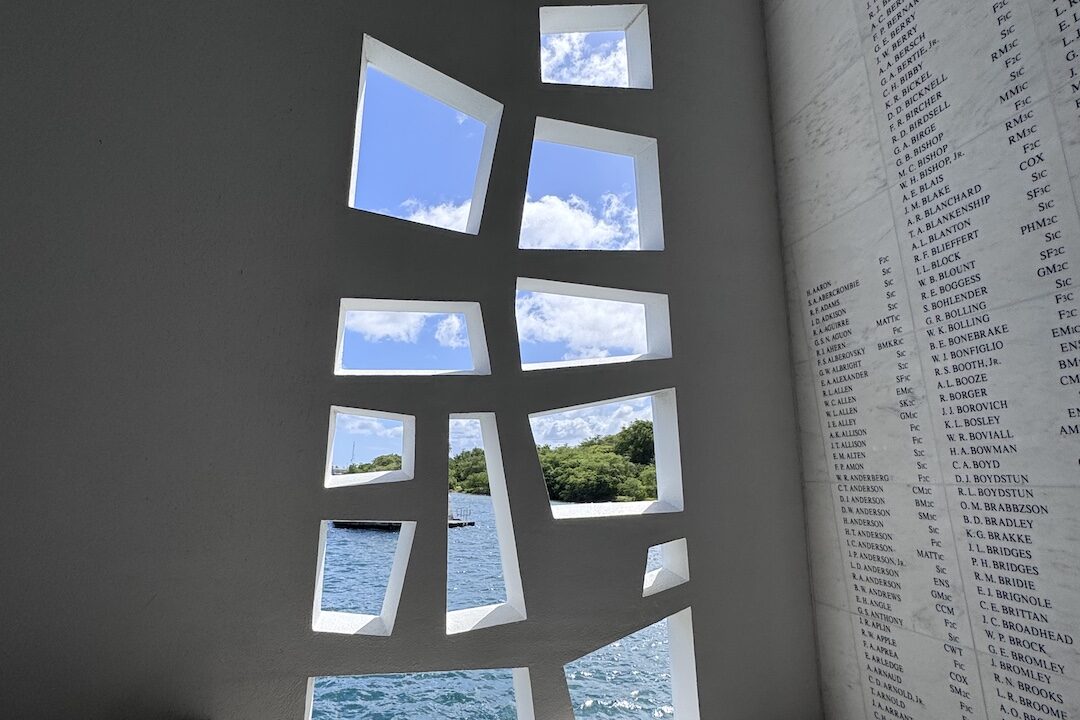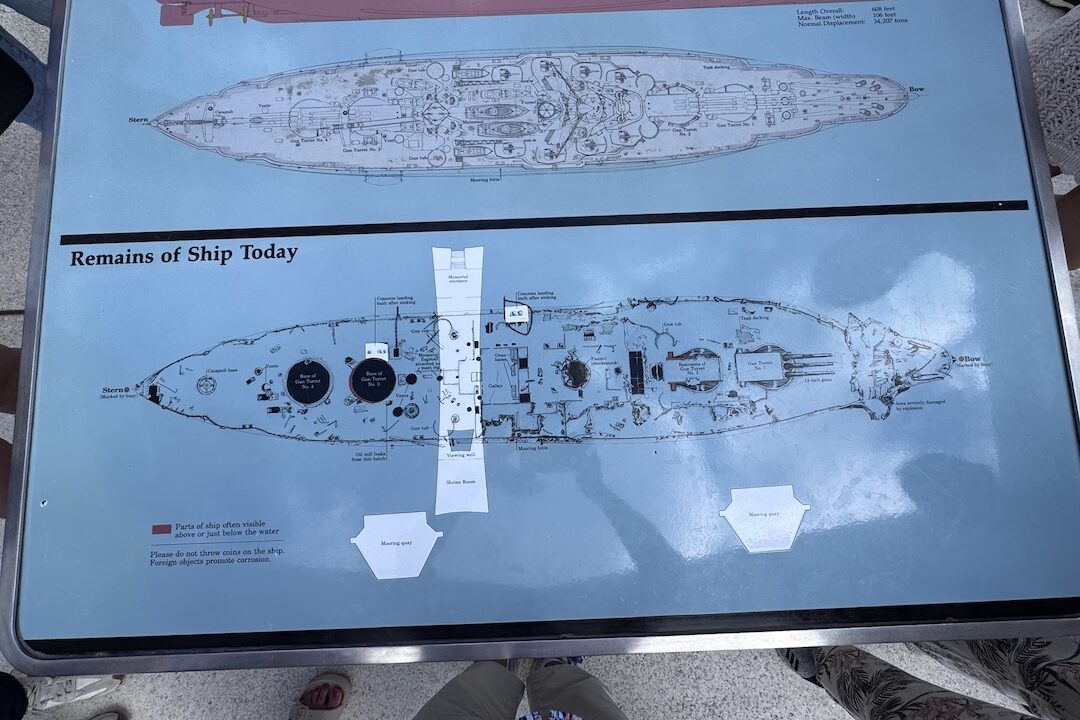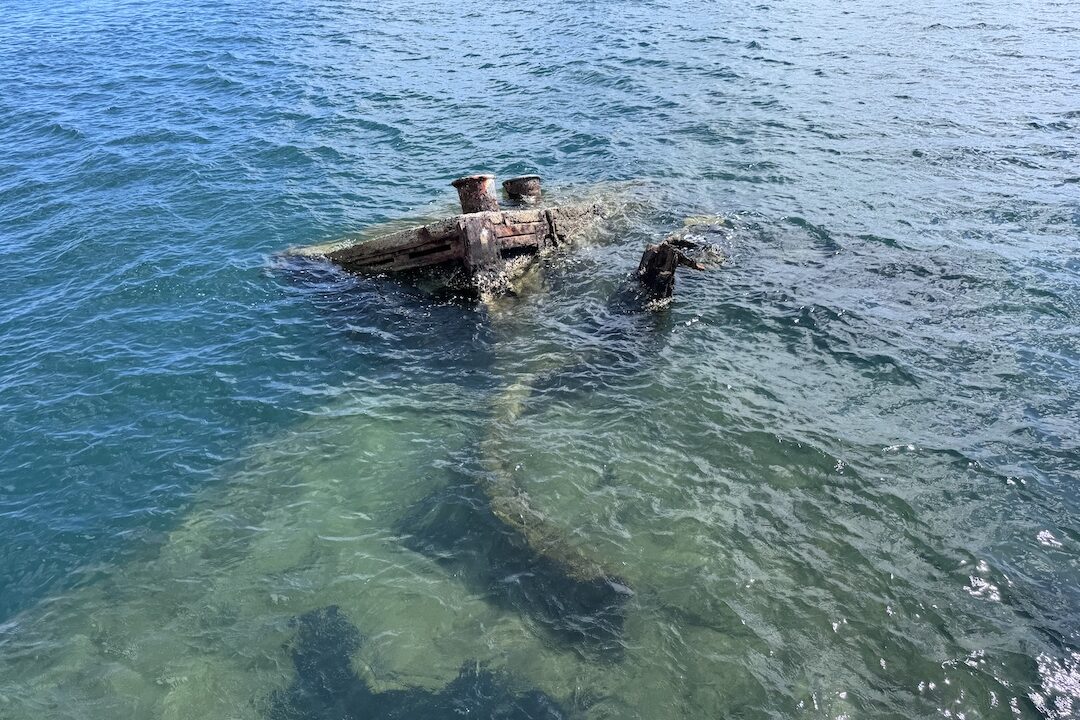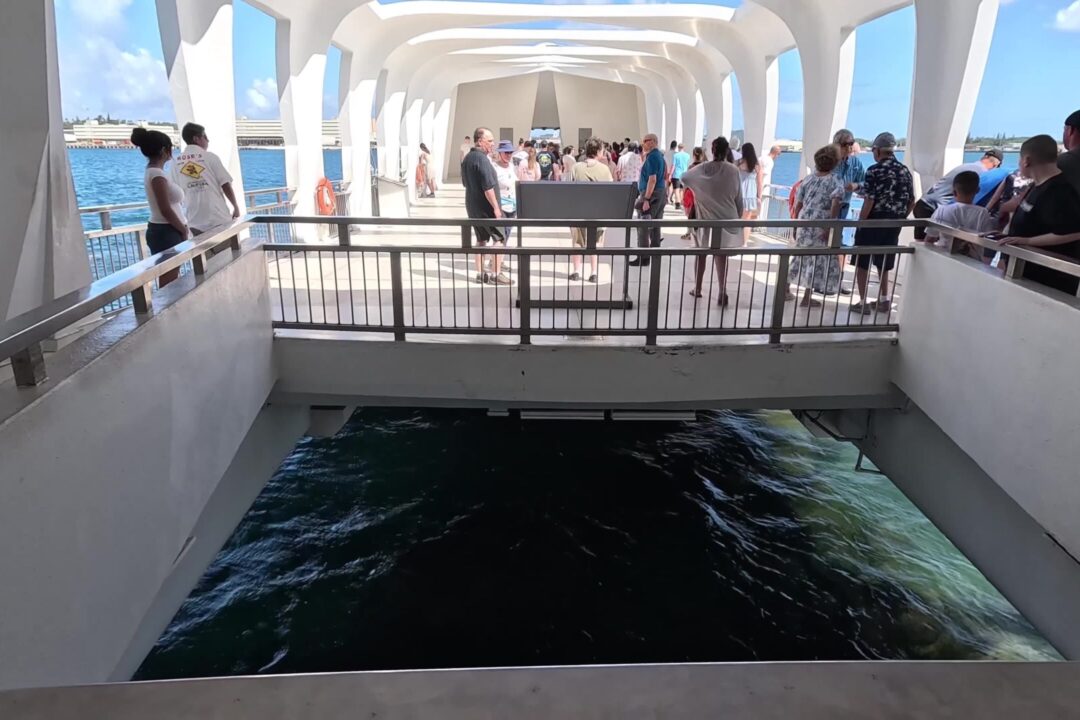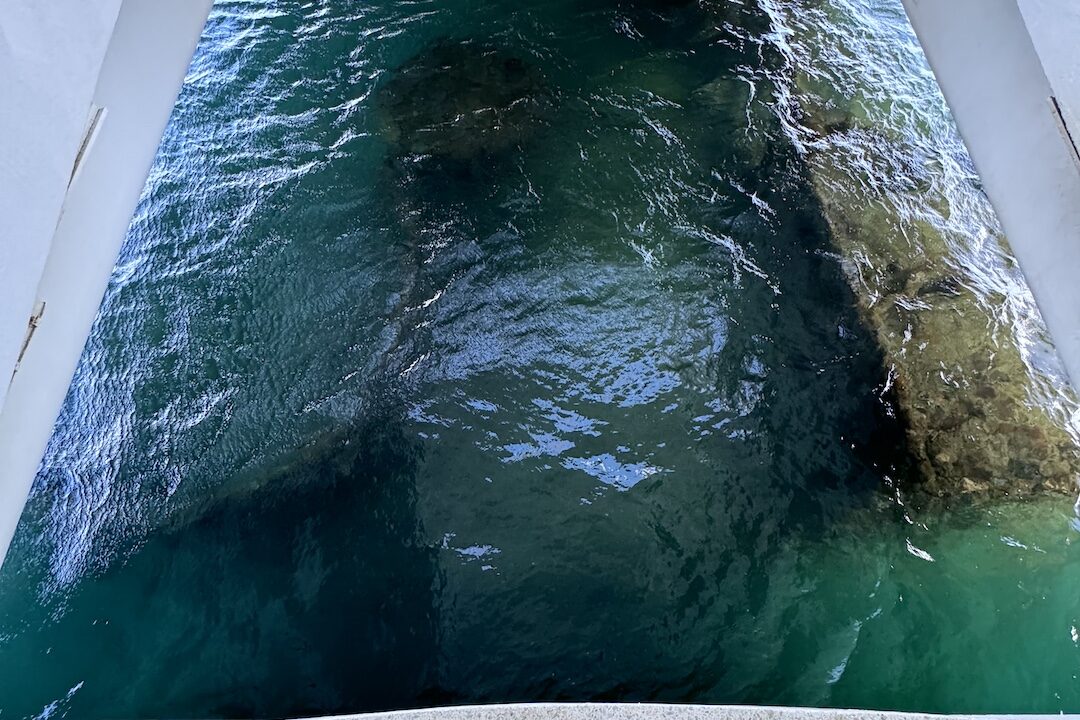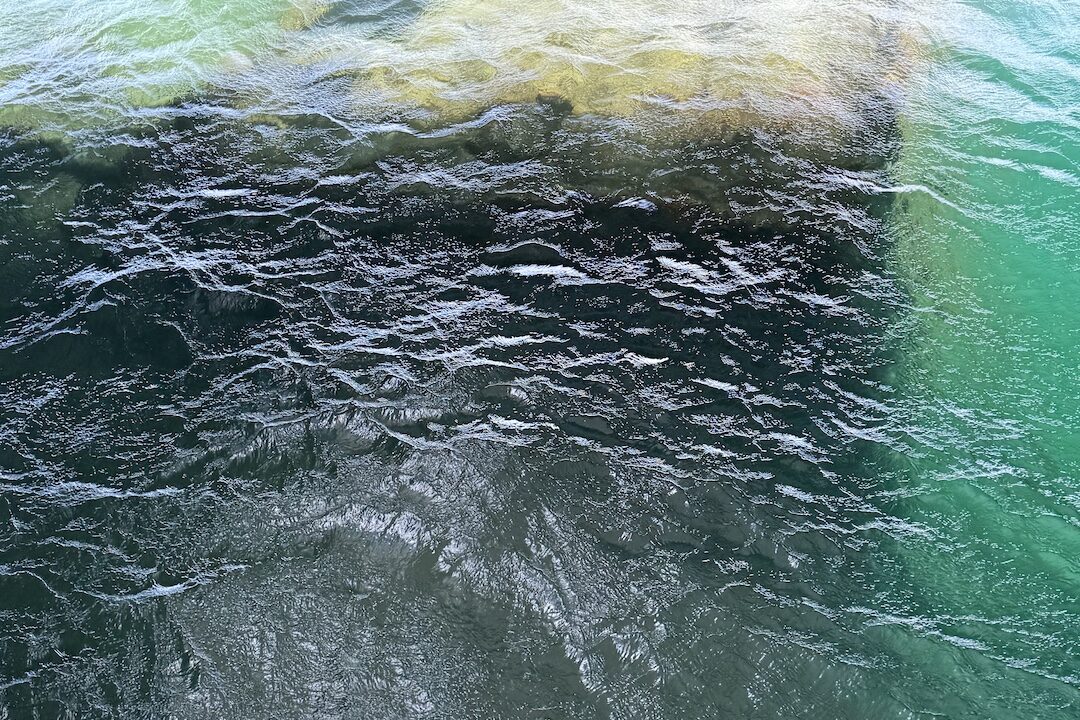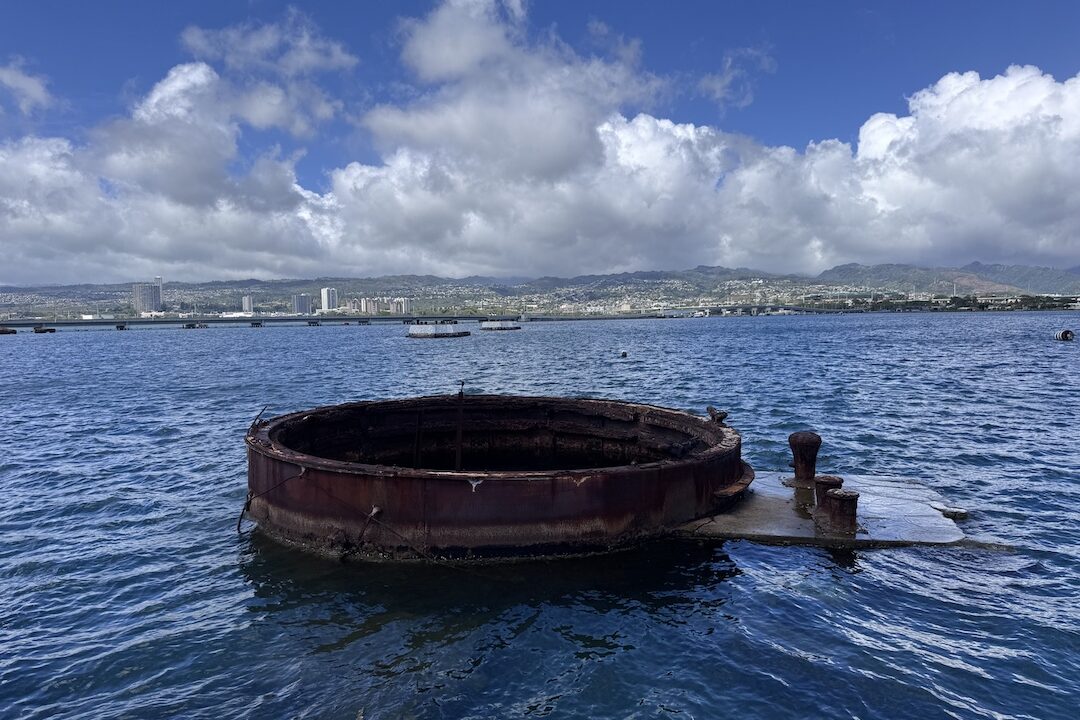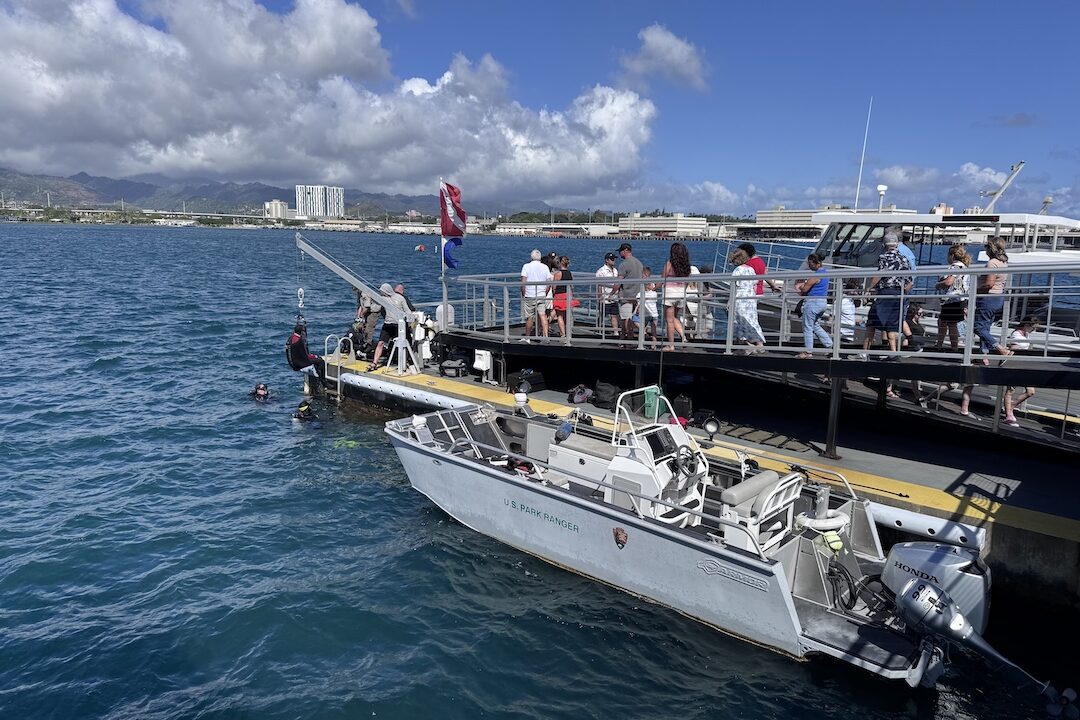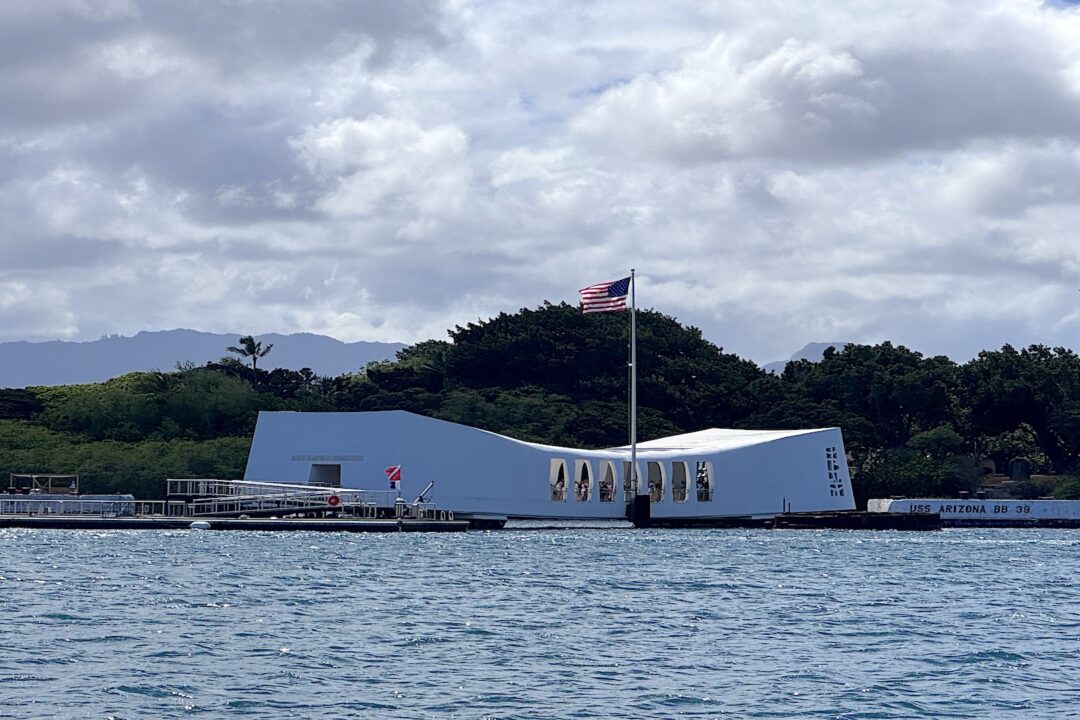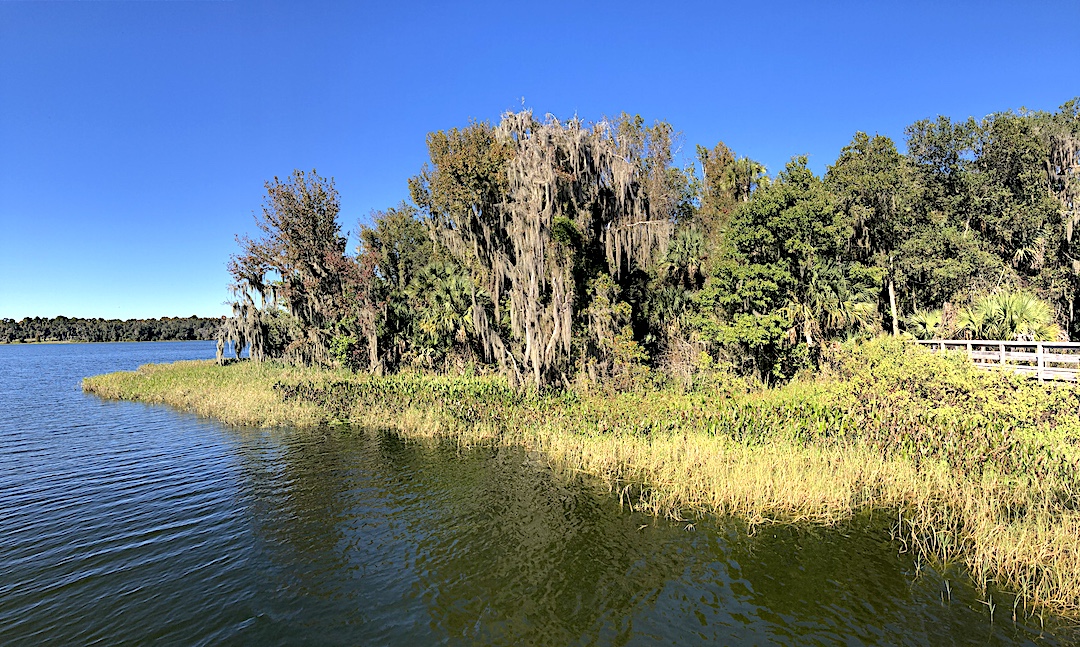The number one tourist destination in Hawaii isn’t a beach, a luau, or an active volcano. It’s Pearl Harbor—a U.S. military base and national memorial that honors the seamen, airmen, soldiers, and civilians who lost their lives in one of the most devastating attacks in modern warfare.
On the morning of December 7, 1941, the Japanese launched a surprise attack on Pearl Harbor and Oʻahu that changed the course of history. America’s entry into World War II began that day. At the time, Pearl Harbor was home to the U.S. Pacific Fleet, including aircraft carriers, battleships, cruisers, and destroyers. Nothing before this moment had ever so deeply shaken America’s sense of safety and strength.
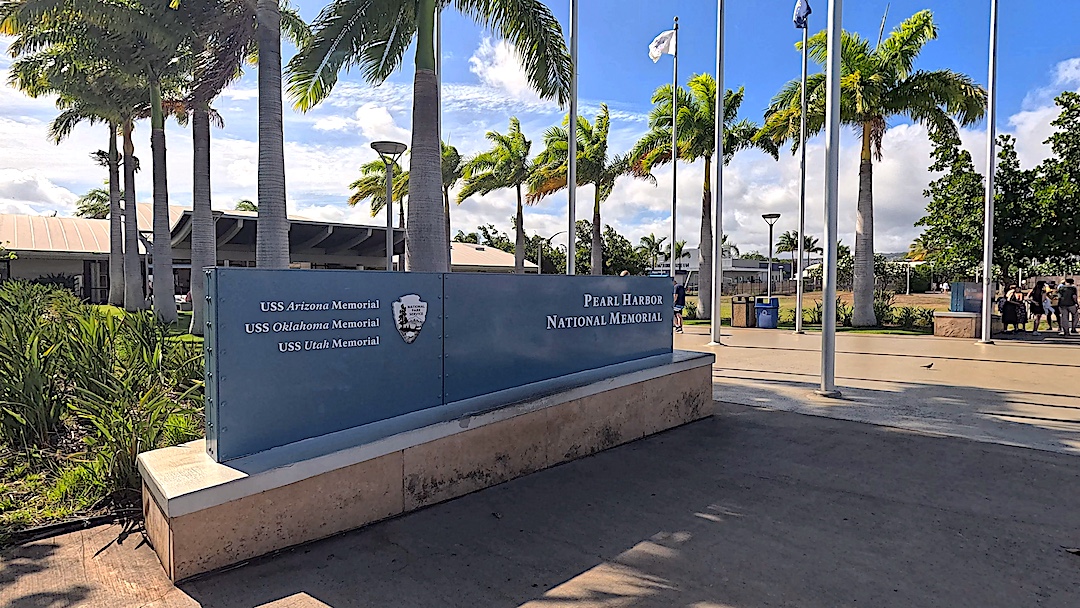
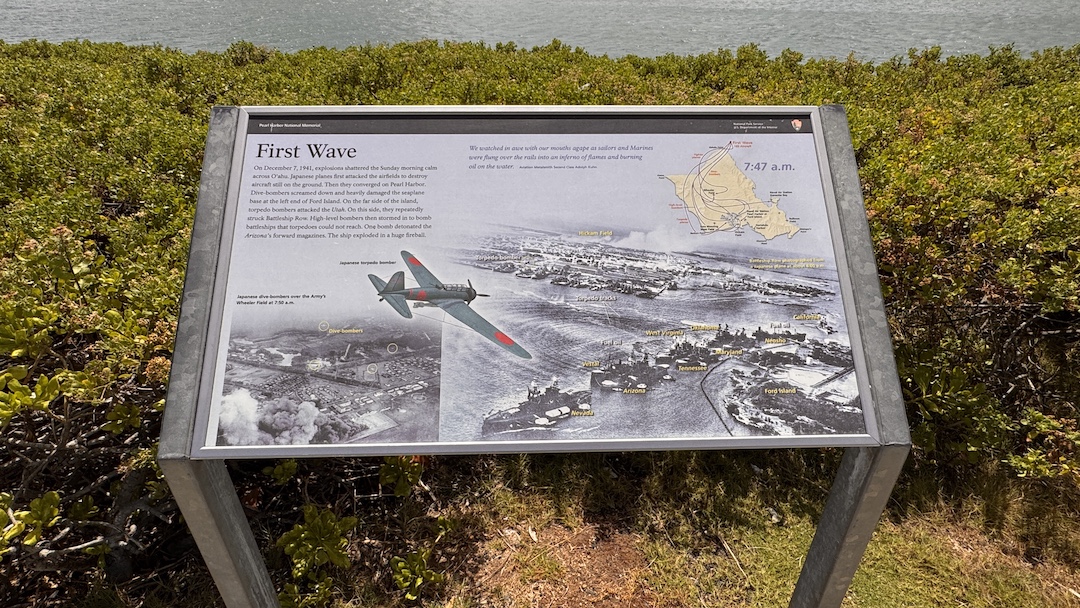

The toll: nearly 5,000 dead and 2,000 wounded—mind-numbing casualties. The battleship USS Arizona sank after being struck by specially designed torpedo bombs dropped from Japanese aircraft, taking 1,177 men down with her. The mission was to obliterate the Pacific Fleet. It was severe—but not a total success. By pure luck, all of the U.S. aircraft carriers, the backbone of the fleet, were out to sea.
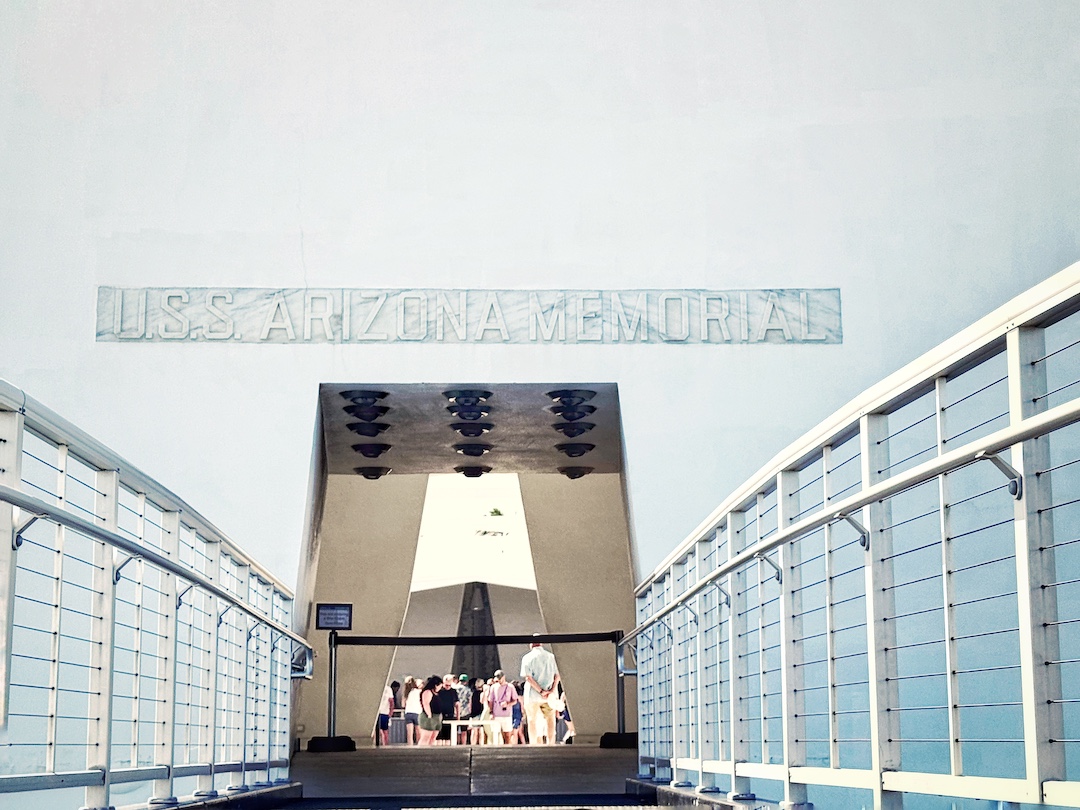
A Memorial Experience Steeped In Reverence
The Pearl Harbor National Memorial, managed by the National Park Service, offers a free, deeply moving experience through its exhibits, museums, and memorials. It presents the story of the attack with respect, clarity, and emotional weight.
We arrived on a weekday afternoon to avoid morning crowds—and secured a spot in the visitor lot ($3.00, card only). A month earlier, I booked a 2:45 p.m. reservation online for the Arizona Memorial. The $2.00 fee covers your round-trip Navy shuttle ride to the site. (Reservations are strongly recommended.)
We arrived just after lunch, which gave us plenty of time to explore the grounds. The layout is intuitive and mostly open-air, aside from the theater and gift shop—something to keep in mind if you’re visiting during summer heat. Water is allowed, and refill stations are available near the restrooms. Be sure to pick up the free NPS brochure at the entrance—it’s packed with helpful timelines, maps, historical context, and more.
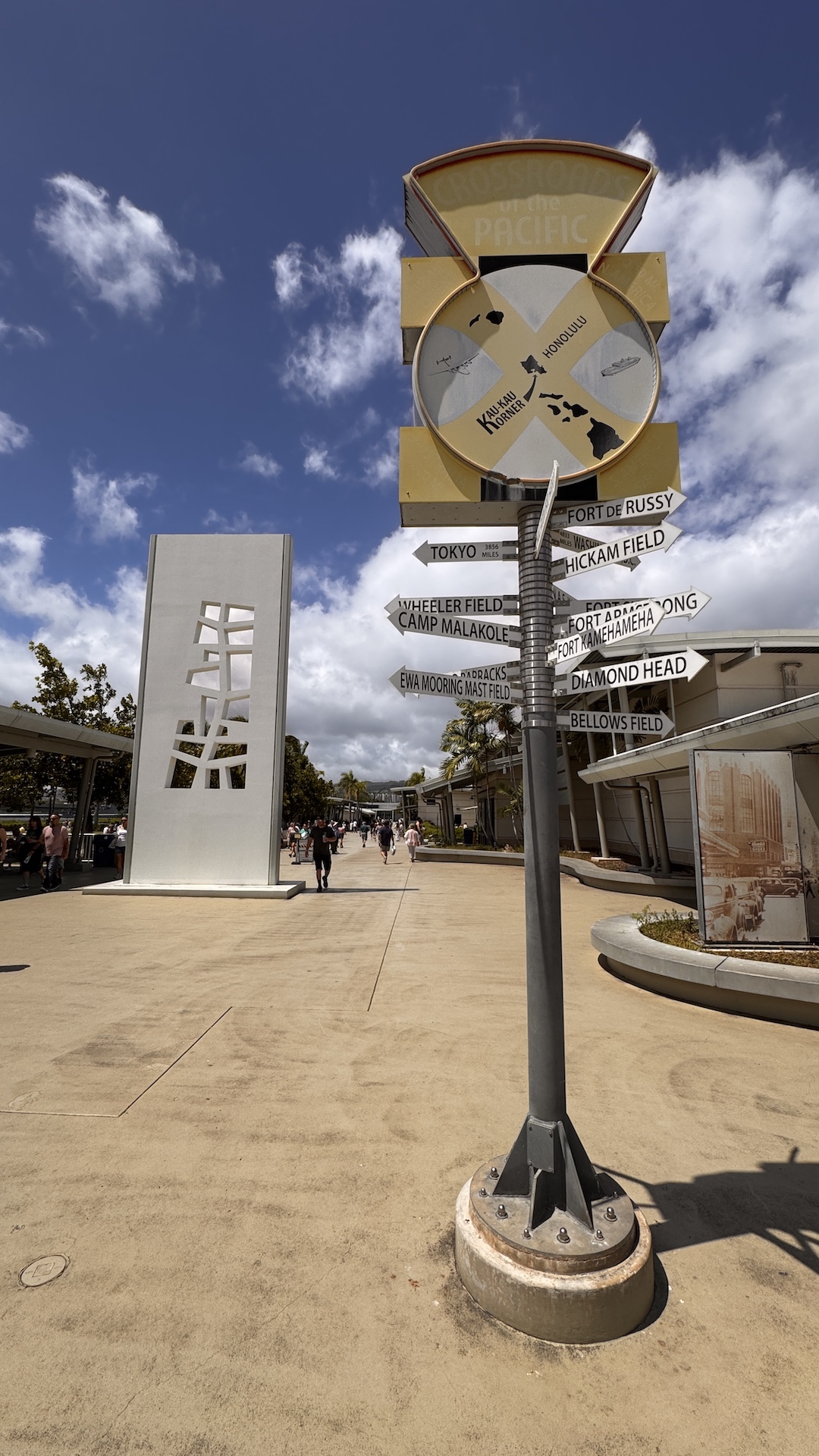

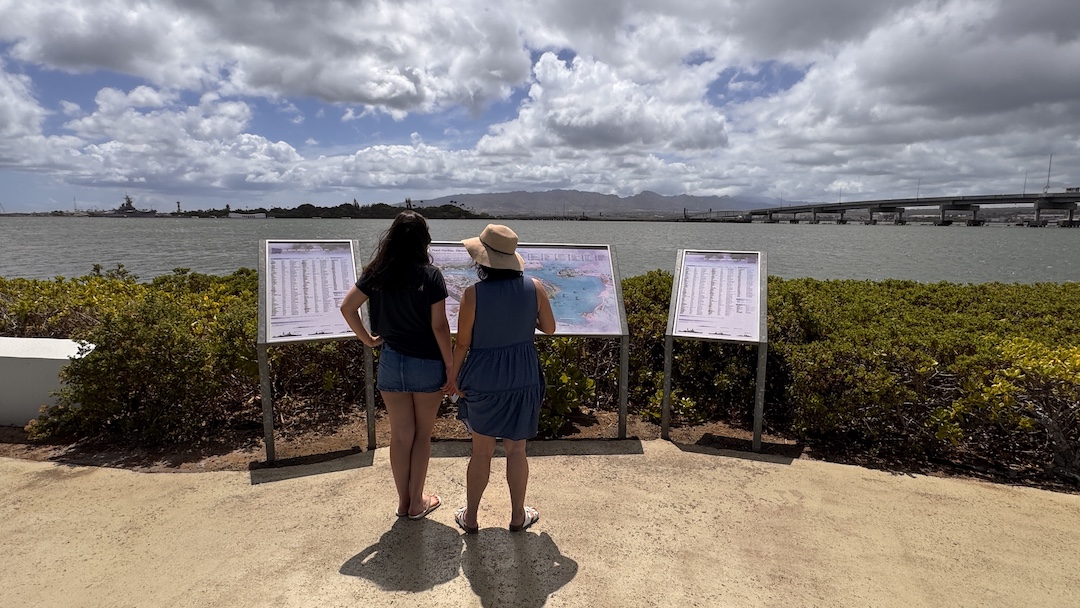

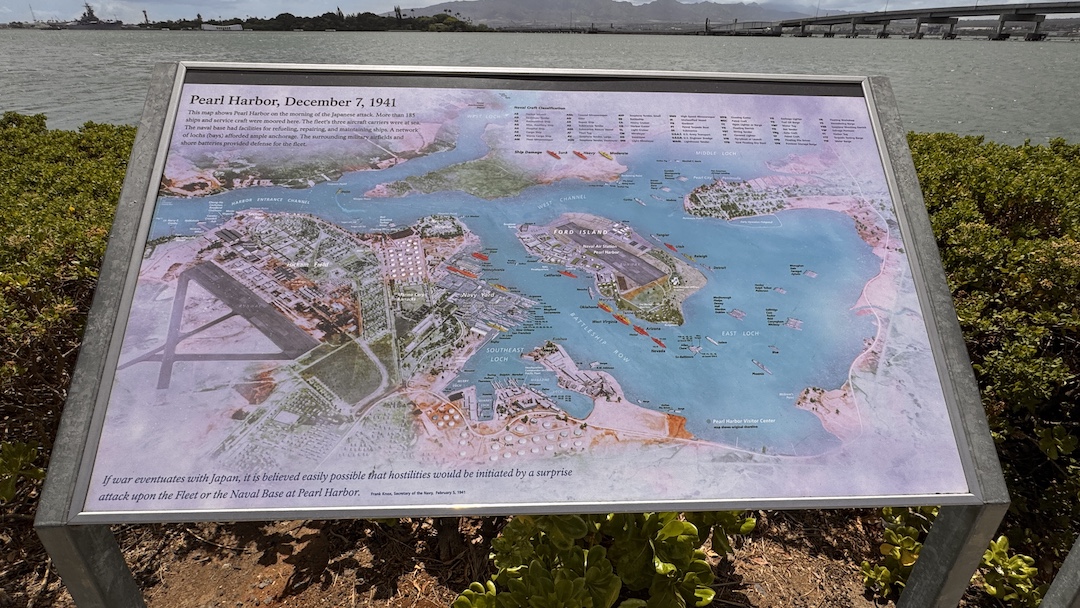
You could easily spend an entire day here. We focused on the two main galleries: “Road to War” and “Attack”. We chose the self-guided route, though audio tours and ranger-led options are available. I prefer to move at my own pace—ideal for quiet reflection.

The exhibits trace the complex economic, diplomatic, and political history between the U.S. and Japan, showing how tensions escalated into war. Powerful video interviews feature both American and Japanese veterans. One standout artifact: President Franklin D. Roosevelt’s original “A Date Which Will Live in Infamy” speech, complete with his handwritten edits—crossing out “world history” and replacing it with the now-iconic “infamy.” Seeing a piece of real history like that hits hard.
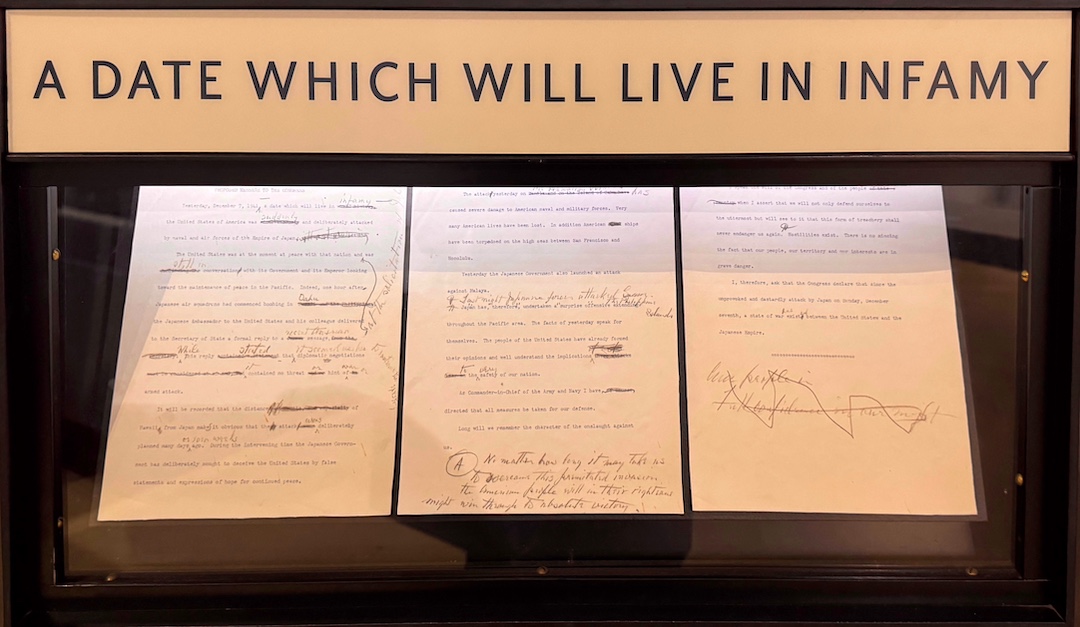
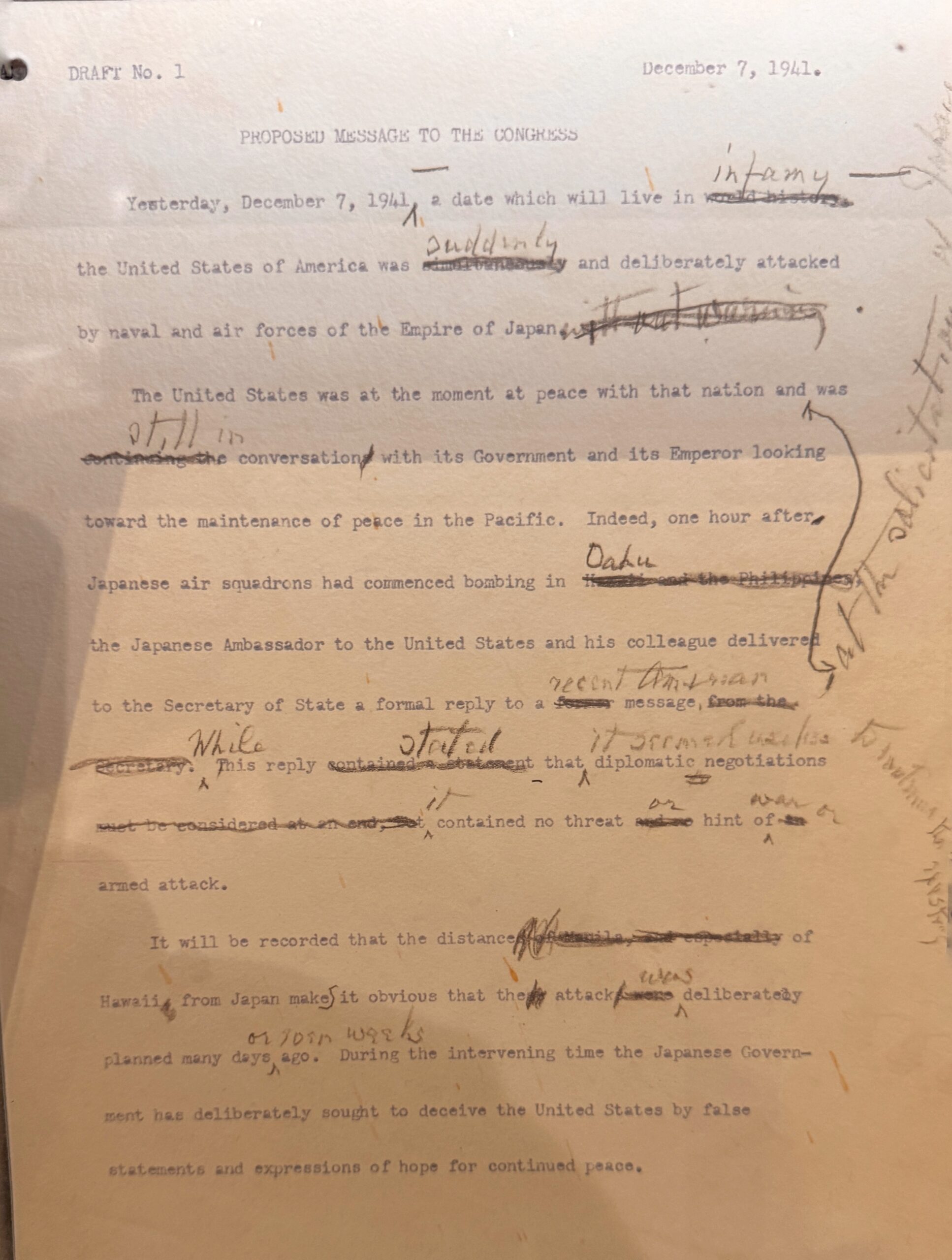


A Journey To The Arizona
Boarding the Navy shuttle to the USS Arizona Memorial, I felt a lump rise in my throat. We glided slowly across the water toward the stark, radiant white structure glowing in the afternoon sun. Just beyond, the USS Missouri—the Mighty Mo—stands in solemn watch. She represents the end of the war, the very deck where Japan officially surrendered. The Arizona marks the beginning. Side by side, they tell a story of sacrifice and victory.
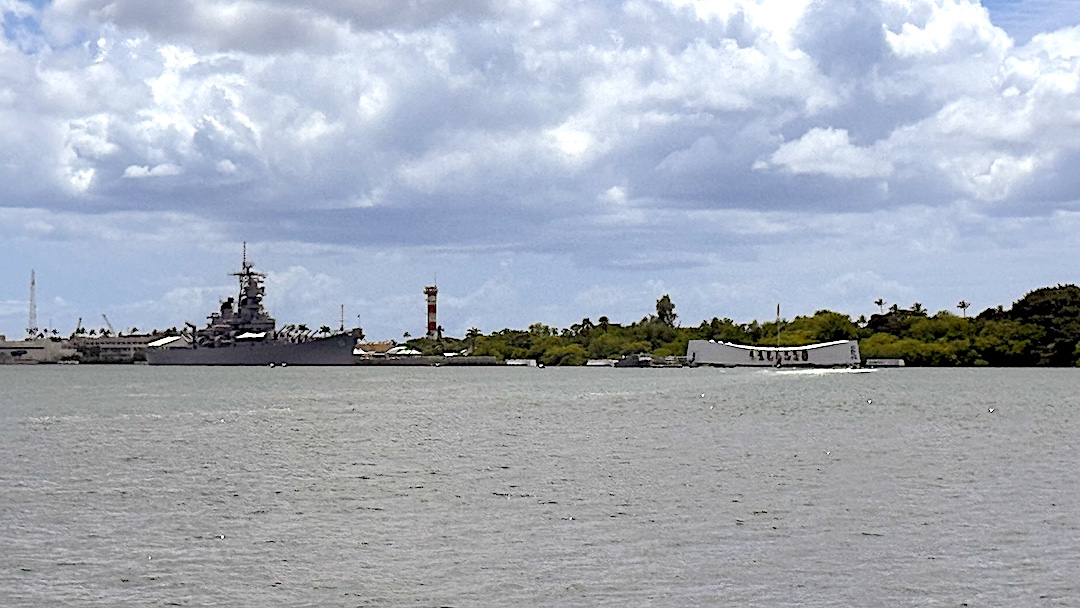


As we approached the Arizona, a hush fell over the group—visitors of all ages, some old enough to remember, others too young to yet understand. Our Navy guide reminded us to treat this sacred site with the respect and reverence of a final resting place.
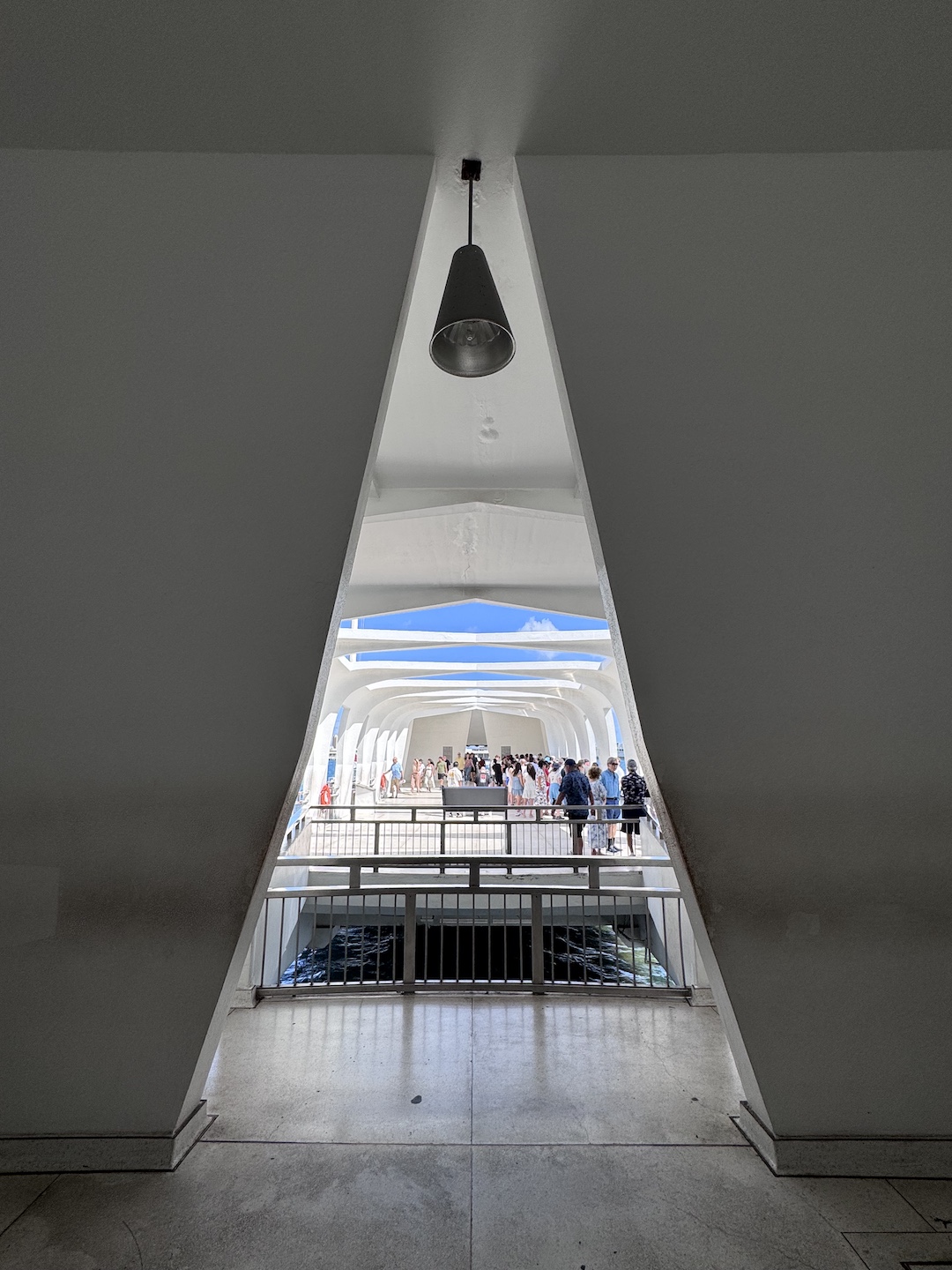
A gentle sea breeze flowed through the memorial as we stood above the submerged ship. Through an opening in the floor called the Viewing Well, you can see the shadowy remains of the hull—a haunting, solemn image. This is where brothers, sons, fathers, uncles, and cousins—many barely out of high school—perished. A melting pot of America. Some survivors even chose to have their ashes returned here, to rest with their shipmates after living full lives.
Press Play To View Video
We stayed just fifteen minutes, but it left an indelible mark. As the shuttle took us back to shore, I turned for one last look—a silent farewell and heartfelt thank you.
Pearl Harbor Slideshow
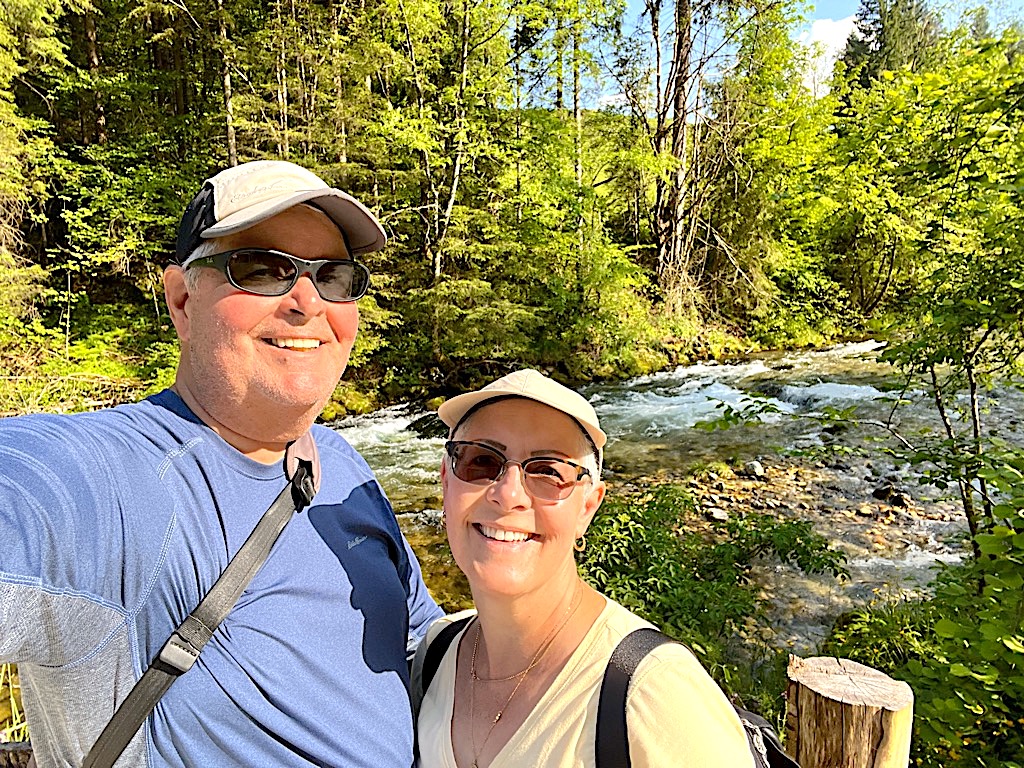
Steve Geiger/Author
Susan Geiger/Photographer
Discover more from Mellow Wanderer
Subscribe to get the latest posts sent to your email.

